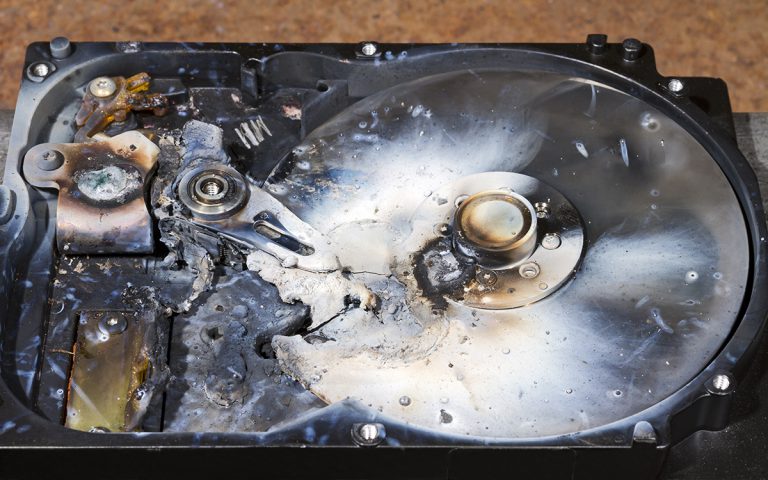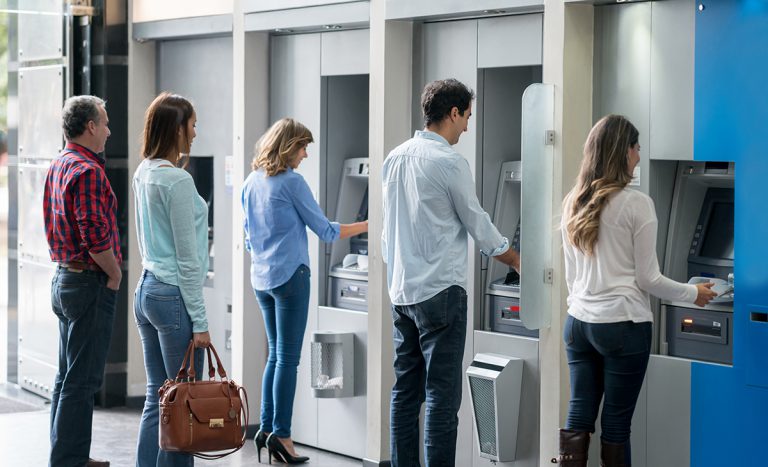How does Secur-Serv’s business continuity offering work?
First, we can validate whether a client’s disaster recovery (DR) plan actually works, which it typically does not. Once we’ve done the gap analysis, you select the type of backup and disaster recovery solution that makes sense for your business or organization.
- We offer traditional backup and restore software and hardware, which requires that the client take some steps each day, but fewer clients want to rely on inherently unreliable methods of backup and recovery.
- We offer a Full Image cloud backup that allows us to restore an entire system, not just the data files.
- Our most complete solution, Cloud Recovery Service, provides a backup appliance onsite that enables immediate restores. The application can failover to a Virtual Server either on the appliance or in the Cloud. This allows for recovery in minutes rather than hours or days. It gives the client the best of both worlds – uninterrupted business and full recovery if necessary.
What we recommend depends on many factors including business requirements, budget, risk tolerance, regulatory requirements that the client is subject to, and their general comfort level with advanced DR solutions.
The trend is to place workloads and data in the cloud (remote data centers) to remove the burden of DR from the client. However, this alone cannot remove all of your DR issues, because a server outage isn’t the only thing that could create a disaster scenario for your business; it is your internet, building, people and location. It takes serious planning to handle all of the possible situations for DR.

What could be the cost to a business if they do not create a disaster recovery plan?
The damage can be catastrophic, especially to a smaller business that builds its reputation on customer relationships and/or heavy transactions.
We actually approach DR as two issues—Business Continuity (BC) and Disaster Recovery (DR). In order to have an effective plan, you first have to know what downtime looks like in terms of cost, lost business, lost customers and liability. In other words, the total downtime cost.
Of course, this varies widely depending on business type. But when a client knows their total downtime costs, we can develop a BC/DR plan that meets the Recovery Time Objective (RTO) and the Recovery Point Objective (RPO)—how much data between backups can you afford to lose.
How can an IT owner begin to create that disaster recovery plan and find the right service for their situation?
The starting point to creating a sound DR strategy is outside the building.
Unless you have an IT team of heavy hitters, you owe it to your company to get a fresh set of expert eyes on your total IT environment as well as on your short- and long-term business roadmap. We find exposures almost every single time we’re invited to consult. When the company is at stake, a seasoned IT owner will welcome an accountable partner who can expose potential blind spots. A qualified consultant will help you craft the BC/DR plan and educate your permanent employee or support provider.
First, we have to look at what would create a disaster for you. From an IT perspective, we look at all parameters like security, cybersecurity, downtime, multiple locations, internet, physical systems, RTO and RPO. A BC/DR discussion should also include your building, people, environment, other locations and other requirements. As you can see, there are lot of things to consider, but you must think outside the box and come up with a BC/DR plan that addresses all of those concerns. Unrealistic expectations have a very high cost. For example, if you say, “I can never be down,” that is possible to achieve, but it will be at a very high cost.
Before you initiate a consultation, your current IT resource may be able to take a few steps to save time. Do a thorough inventory of your network and devices. Document your current DR processes. Test your backups. It’s possible that your IT service provider has not actually tested a backup recently.
Recently, we implemented a business continuity solution for a company—and it had a near-instant benefit.
We had a lumber company walk into their store on December 31st to find that their server was down. They had a year-end sale going on and accountants coming in to close the books. We determined that the server issue was not going to be resolved immediately and used our Cloud Recovery Service to spin up the failover server. Within an hour, they were up and running—a full day of business was transacted and the accountants got all of their information. We were able to repair the server later and fail it back to their original server.
No lost business, no lost customers, no liability.

What can cause a business disaster?
Anything can become a disaster if it stops the business from performing. Something as simple running out of toner on a printer that prints critical information for an order can be a disaster to a business. But we typically classify a disaster as something unplanned or out of our control. We can plan for everything, but we have to put a value on it and understand the implications to the business.
It’s rare that a hacker uses brute force to get into a server. However, it’s almost certain that you’re going to, at some point, encounter a power outage, a system freeze or failure, a flawed update, or a malware script. Planning for IT management, cybersecurity and BC/DR can eliminate a lot of unknowns in the overall DR plan, leaving you with the things you plan for but can’t predict like fires, floods, and other natural disasters.
If a DR plan is untested, you don’t have a plan, you have a theory.
Whatever DR solution you plan on has to have tests and reviews on a regular basis. You really need to enlist the experts in every area of your plan, IT, building, people, etc., to gain the insight needed to address all of the different possibilities. Secur-Serv offers Disaster Recovery Testing (DRT) services to help minimize downtime during an adverse situation. It is recommended that a DRT be conducted on an annual basis. Recovering from disasters is one of the hardest things for companies to do. Disaster recovery testing plays an important role in ensuring that businesses can continue to run smoothly in the event of a disruption, Ask our team how you can implement a DRT today.

Share